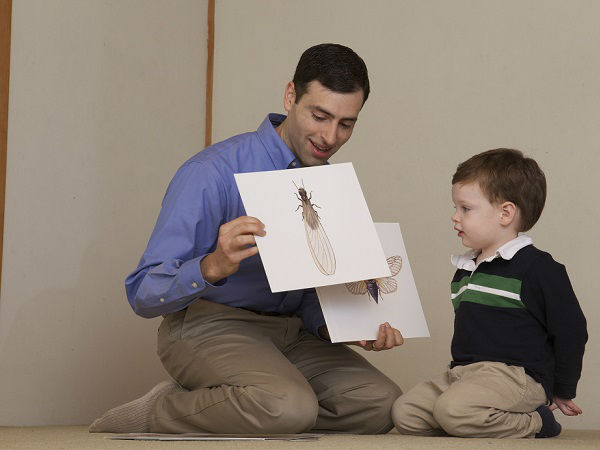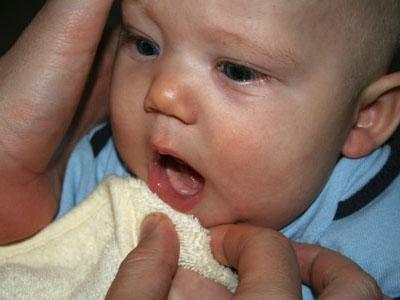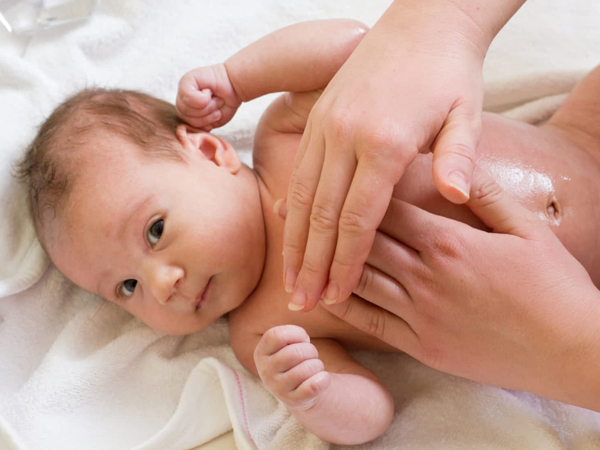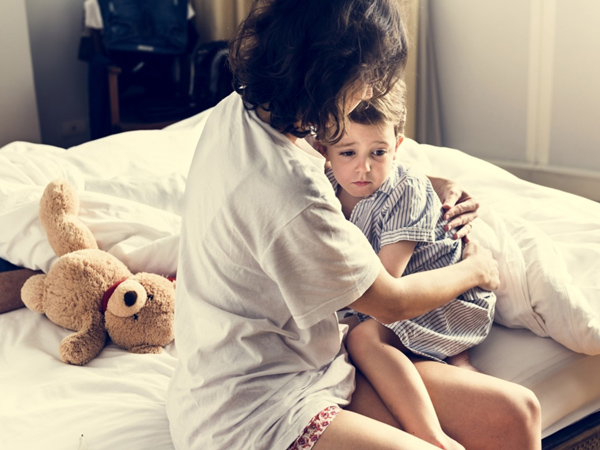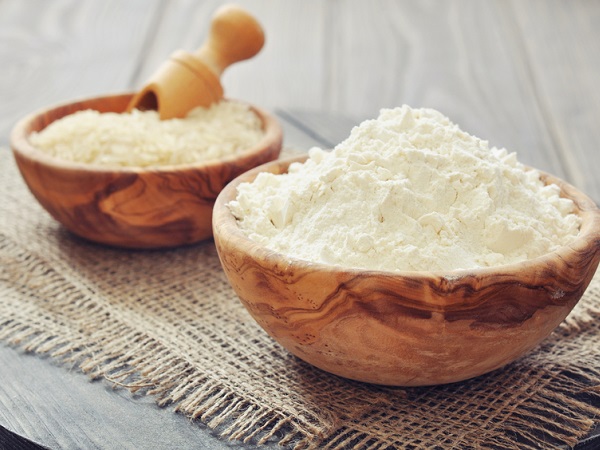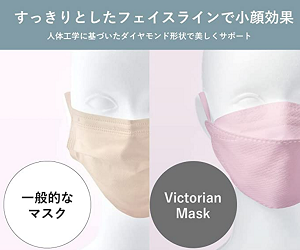Folded areas such as the baby's neck and thighs are the most likely places to develop dark spots on the body. Babies with improperly handled neck lumps can easily develop into painful and uncomfortable sores. Pocket 5 tips will help mothers treat diaper rash effectively.
content
Why are babies easy to get infected?
Baby neck throat treatment: It's simpler than I thought!
When should I take my baby to the doctor?
Infants usually develop very quickly in the early months of life. This growth rate makes it easier for your baby to form braces on the neck, arms, legs, thighs and buttocks. These skin folds are the "base" for dirt, sweat, cotton from clothing and bacteria, creating favorable conditions for the appearance of ringworm. Newborn lumps in the neck are a common problem in plump babies, but it can happen to any baby.
Why are babies easy to get infected?
Newborn baby skin spots often appear on the baby's face, neck and chest, often the result of perspiration. This type of rash is usually flat, reddish in color, and is sometimes accompanied by tiny blisters.
Spilled water, milk, or food that gets stuck to the neck can also cause a leprosy if your baby is not cleaned well.
In some cases, fungi can also grow in the neck, causing damage to the baby's skin.
Rubbing between the skin of the neck and the fabric of the shirt is also a cause of dark spots.
In general, the skin of a newborn baby is very fragile and sensitive, so a certain unfavorable condition can easily give rise to pigmentation, skin allergies or ulcers.
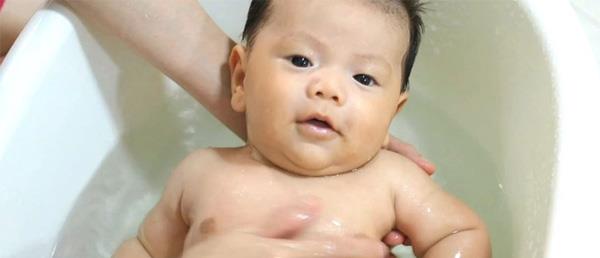
The area under the neck folds is easy to overlook when cleaning your baby
Baby neck throat treatment: It's simpler than I thought!
Before using any special diaper rash cream or shower gel, you should use warm water to clean the affected area. Here are simple daily hygiene steps to help mothers clean the baby's neck and heal the dark spots.
Step 1: Wash the baby's neck area 2 times a day with warm water. After washing the water, mother gently blot dry with a towel. Avoid vigorous scrubbing as this can irritate your skin, making it worse.
Step 2: Apply a thin layer of diaper rash cream to the baby. Mom noted, just apply a thin layer to help the baby's skin absorb well. The diaper rash cream will form a protective layer for the baby's skin.
Step 3: When bathing your baby, mothers use the mildest soap or shower gel. Baby shower gel should be fragrance free and pH 5.5 is ideal.
Step 4: Pay attention when choosing soap to wash clothes for your baby . Avoid strong flavored laundry detergents that are rich in detergents because they can be harmful to baby's skin.
Step 5: Help your baby stay cool. Because sweat is one of the main causes of dark skin, mothers should pay attention to keep the baby's body cool by turning on a cool fan or using an air conditioner in the room during hot days.
In addition, after the baby breastfeeds or solids, moms should wipe away any food or milk particles that are stuck to the baby's neck. In addition, you should pay attention to change clothes immediately when the shirt is wet, because wearing wet clothes can also cause irritation leading to interderma.

Diaper rash products No matter how carefully a mother takes care of her baby, most babies will at some point experience diaper rash. Diaper rash can be painful and in some cases can lead to infection. Parents remember to see a doctor if their diaper rash does not improve with the usual home remedy. Have some...
When should I take my baby to the doctor?
Most neck infections can go away on their own if the mother takes care of the baby properly. However, there are also cases where the bruises get worse, making them uncomfortable. The mother should take the baby to the doctor to be prescribed by the doctor when:
The surface of the cheat is cracked, watery or can cause pain.
The rash does not go away after 1 week of home care
The rash is heavier and more widespread than initially
With plump babies, mothers should pay attention to care for the skin folds. Thanks to regular cleaning, there is less chance of newborn babies getting infected in the neck. To make the under-neck areas completely disappear, moms remember to regularly observe the folds under the baby's neck by gently supporting the baby's nape and slightly leaning the baby's head back a little. Thanks to that, when you see any signs of skin irritation such as redness, perspiration, mothers can promptly prevent gangrene from occurring.






